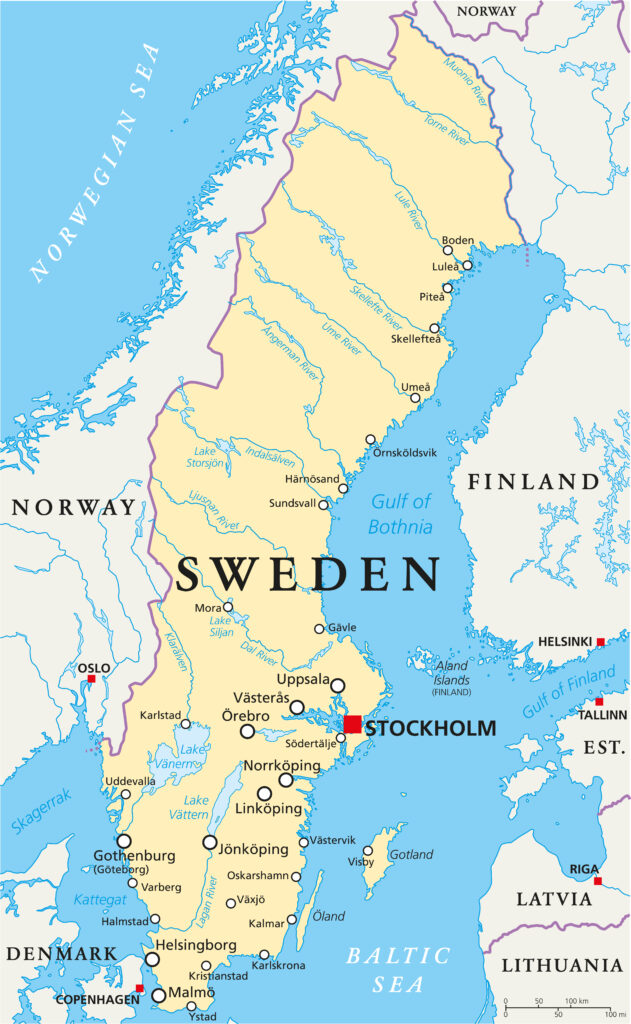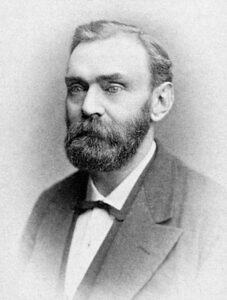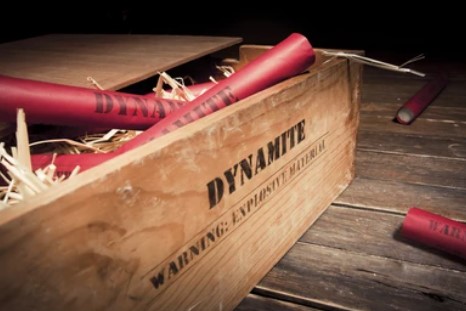Sweden
Grades 4+


(1)Swedish scientist Alfred Nobel had three brothers. (2)But it was Emil, the youngest, Alfred felt closest to. (3)Not only because Emil was ten years his junior, but also because Emil shared his passion for Alfred’s pet project. (4)Emil worked on it day and night at the family’s factory outside Stockholm.
(5)The project was nitroglycerin. (6)A highly explosive chemical, it was the invention of an Italian chemist. (7)The Nobel brothers realized the commercial potential of the oily liquid.
(8)But nitro was extremely dangerous. (9)It could explode at the slightest movement or change in temperature.
(10)“It’s an explosive line of work,” Alfred used to joke with Emil. (11)Both always laughed at the joke. (12)It was nervous laughter.
(13)Emil did more of the hands-on work than Alfred did. (14)Alfred would often travel for business. (15)Emil would be in charge when Alfred was away.
(16)On 3 September 1864, Emil was up early, eager to start. (17)He was close to perfecting the formula. (18)Alfred would come home from business in Stockholm in the evening. (19)Emil wanted to surprise him.
(20)Alfred had a surprise for Emil as well. (21)Alfred had finished his business dealings and was coming home in mid-morning. (22)The air was crisp and cool, and the sky was that perfect shade of blue that often happens in Scandinavian countries. (23)Alfred brought the carriage along the road that led to the family’s plant at Heleneborg, the piebald’s hooves clopping on the cobblestone.

(24)A deafening roar tore the calm. (25)The horse whinnied with fear and reared up, forefeet kicking the air. (26)Stones, pieces of roofing, and other debris littered the sky and fell around the carriage. (27)Alfred snapped the reins and sent the piebald galloping up the street.
(28)When he reached what was left of the plant, Alfred wanted to fall to his knees and retch. (29)Before him was a smoking ruin. (30)He had to be strong.
(31)Emil was gone. (32)So were four other workers.
*
(33)Alfred fell into deep depression. (34)He blamed himself. (35)Why hadn’t he turned the business dealings over to Emil! (36)His youngest brother was only 22, but he was as good with numbers as he was with chemistry.
(37)Soon, the authorities issued a ban on handling nitroglycerine anywhere near Stockholm.
(38)The announcement spurred Alfred into action. (39)He wouldn’t let Emil’s death be for nothing. (40)He salvaged what he could from the plant and moved his lab elsewhere. (41)No more paperwork! (42)No more being away from the lab! (43)He poured himself into his work, trying to forget the pain. (44)But he could never forget Emil. (45)He felt like a part of himself was missing.
 (46)At last, there came a breakthrough. (47)It was similar to the idea Emil had earlier. (48)Alfred found a way to produce a paste that resisted shock or temperature changes. (49)He shaped it into sticks with a detonator and, in 1867, applied for patents in several countries. (50)He called it “dynamite,” from the Greek word power.
(46)At last, there came a breakthrough. (47)It was similar to the idea Emil had earlier. (48)Alfred found a way to produce a paste that resisted shock or temperature changes. (49)He shaped it into sticks with a detonator and, in 1867, applied for patents in several countries. (50)He called it “dynamite,” from the Greek word power.
(51)Industries snapped it up. (52)Dynamite made possible unthinkable earthworks and excavations and allowed for mining on a large scale.
(53)But dynamite also found its way into wars.
(54)Alfred Nobel became known as the “merchant of death.” (55)In his last will, he donated his fortune to create a global prize. (56) Each year, the Nobel Prize would go to those who made or helped make breakthroughs in chemistry, physics, physiology or medicine, literature, and world peace. (57)It helped inspire them.
(58)But a question remains:
(59)Did Alfred create the prize out of shame for contributing to war? (60)Or was it out of heartbreak for his brother?
Sweden Activity 1
Find the number of determiners in the following sentences. Look only for the determiners you have learned so far. List them on the right. Many are duplicates. Count them as well.
|
Sentence # |
# Deter-miners |
Determiners |
|
1-4 |
4 |
|
|
5-12 |
9 |
|
|
13-19 |
3 |
|
|
20-23 |
9 |
|
|
24-27 |
9 |
|
|
28-32 |
3 |
|
|
33-37 |
4 |
|
|
38-45 |
7 |
|
|
46-50 |
6 |
|
|
51-60 |
10 |
|